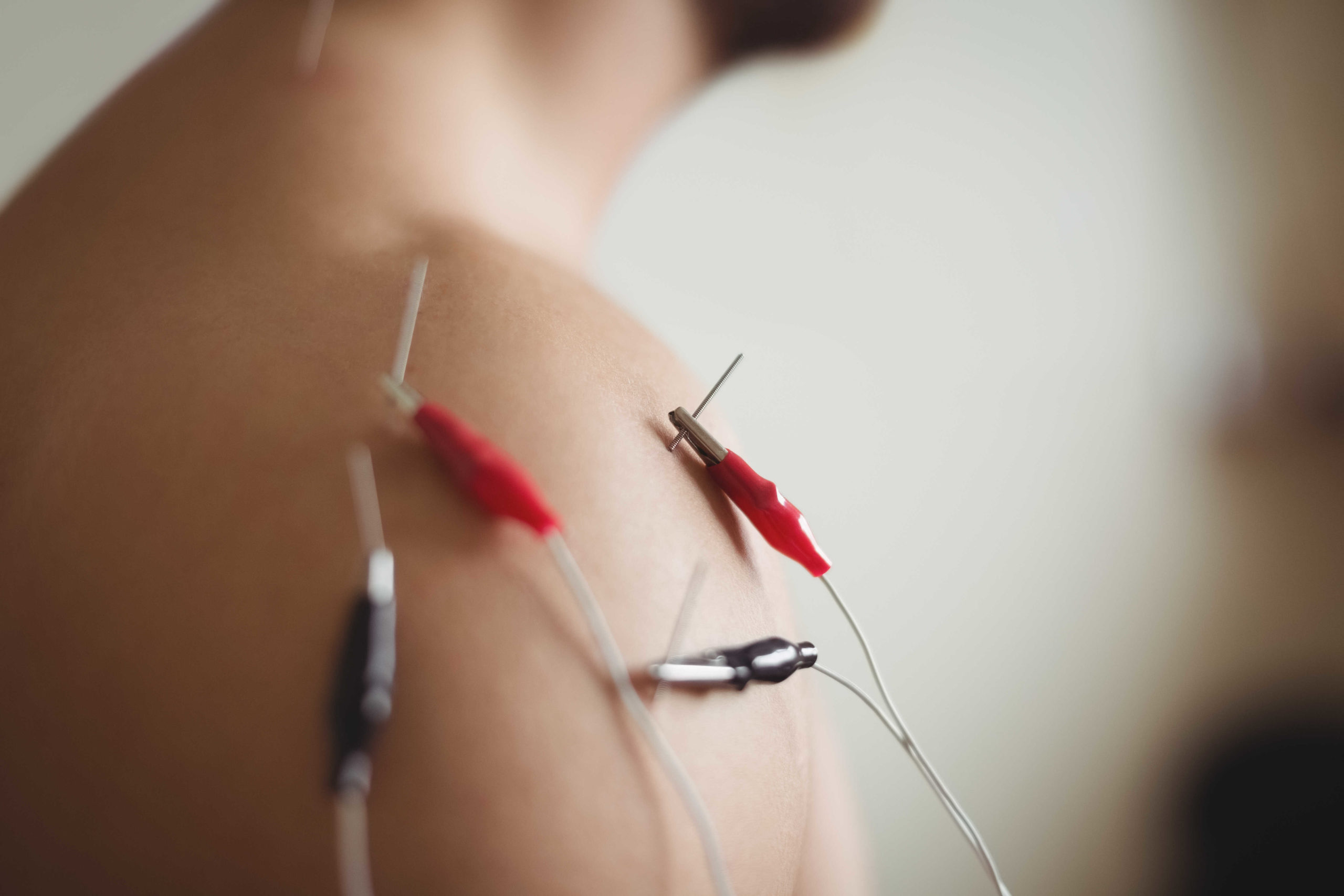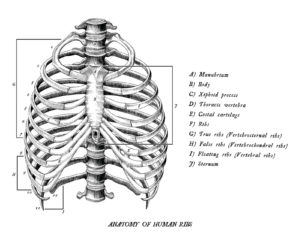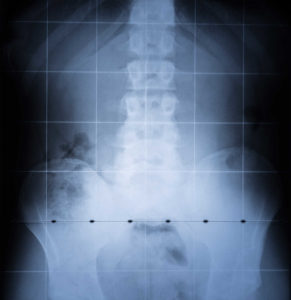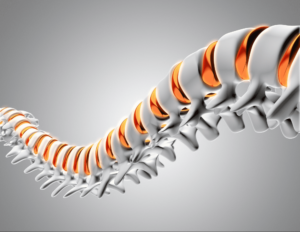What is Functional Dry Needling?
Functional dry needling (FDN) is an extremely effective tool in treating restrictions in myofascial tissue as well as re-educating muscles that aren’t working properly. Functional Dry Needling is often a single component of a larger treatment plan that can include other areas such as bio mechanical analysis and targeted exercises to retrain proper movement patterns. It is accomplished by introducing a very small monofilament needle into the body at a point of dysfunction. Dysfunction can mean a shortened or tightened muscle in a spasmed state or one that isn’t firing properly.
What are the benefits of Functional Dry Needling?
Functional Dry Needling can be an excellent treatment for patients who are experiencing chronic pain. Over time, the body starts to ignore chronic pain points, resulting in the healing responses for the pain area in question becoming almost completely cut off. When Dry Needling is used to treat these chronic pain symptoms, it re-ignites the bodies healing response in areas that have been ignored over time.
Restore Firing Patterns
Improve Blood Flow
Optimize Performance
Reduce Pain
How does Dry Needling treatment work?
In the video below, one of our in house Chiropractors, Dr. Dean Wright (DC) explains in detail the benefits and methodologies behind Functional Dry Needling.
If you are considering dry needling and are wondering what to expect during your visit to South Pointe Physical Rehab, check out the video below to see how this treatment may help decrease pain symptoms and improve your quality of life.
“I’m Dr. Dean, right, a chiropractor here at South Point, physical rehab. Today, we’re going to go over functional dry needling with electrical stimulation. So what is dry needling? The point of dry needling is to find those trigger points in the muscle belly and then insert a needle to help those muscle tissues relax and allow them to get their full range of motion. Trigger points can cause a lot of pain where the trigger point actually is in the surrounding area. I am level one certified for dry needling therapy, and today we’re going to be dry kneeling in the forearm extensor group. The main goal with the initial exam and the physical exam is to find out what tissue is causing pain, or what your pain generator is. After we figure this out, we will decide to do dry needling or not.
We use a draw or a clean needle technique, meaning we make sure the area is clean before we do any kneeling, before we insert any needles into the skin.
We use an alcohol pad to clean the area first. A common question I get: is dry needling the same as acupuncture? It is similar in that it uses the same needle, very small needle, but it’s different in the philosophy and the objectives that we’re trying to get. So dry needling, we’re really focusing on palpation, findings, as well as motor weaknesses in the body.
To clean the area are going to use hand sanitizer.
Clean my hands.
This is the package that the needles come in, so the most common finding with the needle, it really depends on the severity of the trigger point, but you will experience maybe some dull ache pain, which is normal. The more you do dry needling, the easier it gets. Your soft tissue quality will get better. The muscle tissue health will get better. You might experience some dull achiness. But if there’s any sharp, you know, Sparkle’s tingling pain, that would be something to let me know and then we’ll redirect the needle. But that doesn’t happen very often. So we find the trigger point, the area where we want to insert the needle. And once we find that area, I’m going to place needle up to the skin and it’s going to be a light tap. Ok, light tap into the skin and then we’ll start conserving the needle into the muscle tissue. We’re doing a cross fiber technique going across the muscle fibers.
And also moving back and forth. Sometimes we’ll get a twitch response. Which is the muscle reacting to the needles stimulation and the muscle actually twitches, which was which is a good thing, we’re trying to get that.
So once the needle is in, we can place needles in different areas and we can connect them all, close the circuit with a stimulation machine. This is my dry needling stimulator unit. What we’re trying to do with this is increase the neural activation to the muscle tissue. Sometimes we’ll find that the tissue is unhealthy, the soft tissue is unhealthy. The patient will feel the pulsing, but we won’t actually see a contraction. So we want to see the muscle moving, shortening and lengthening. That tells me that it’s a good, healthy muscle tissue and good, healthy, neural activation. So I’m going to tell the patient, you know, we’re going to start at zero and then we’re going to go up from there. I want them to tell me when they feel the pulsing. And then from there, I’m going to go up until strong but comfortable. On Sierra here, there’s a little bit of activation, more proximal to the needle in the elbow and. And her fingers were moving a little bit, so a little bit of a decreased activation of what we like to see.
Now I’m going to take it off and then we’re going to go up in frequency, but not intensity. So instead of pulse – pulse, it’ll be pulse – pulse – pulse. This tool is a treatment tool, but it can also be a diagnostic tool to see how that muscle tissue is really functioning.”
Is Functional Dry Needling right for me?
As with any visit to South Pointe Chiropractic, we evaluate each patient on an individual basis. We recommend making an appointment with us where you will receive a full evaluation, and from there are chiropractic experts can determine if functional dry needling can be beneficial for you.
We can be reached by phone at (303) 665-8444 to schedule an appointment, or through our online scheduling system, where you can make an appointment in less than 2 minutes.




